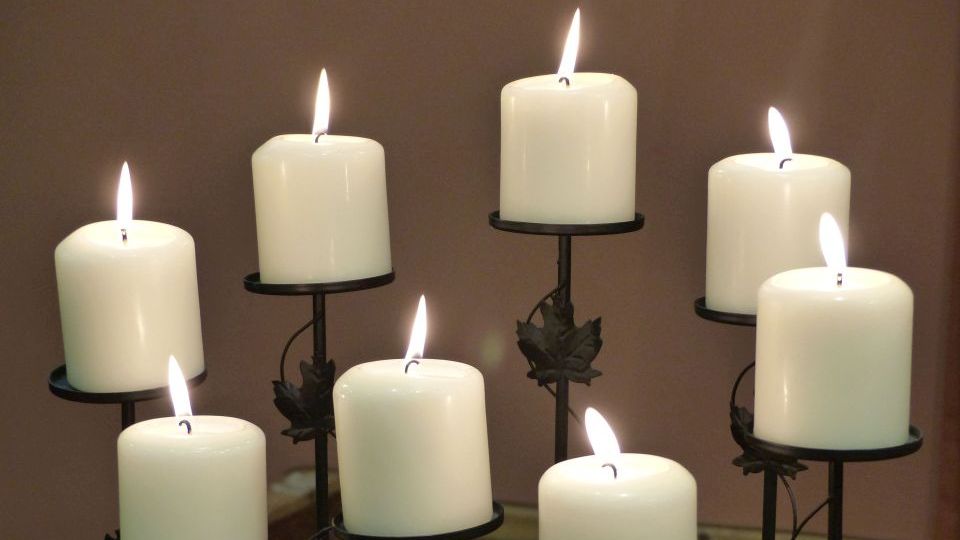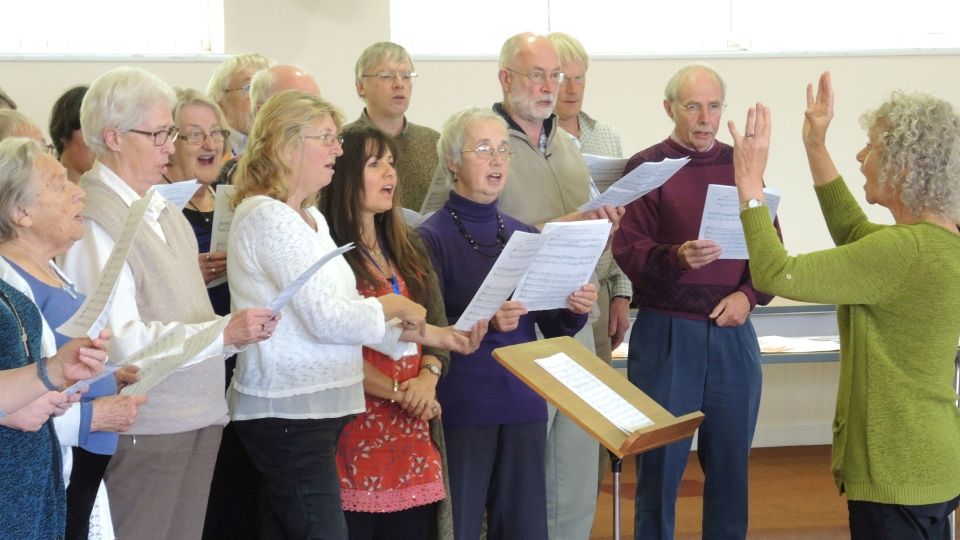Techniques
|
|
Using drama in church life does not have to be a mammoth task, or involve a scripted play with a large cast. With preparation and care, the simplest pieces can communicate effectively. Here are some ideas drawn from members' experience. |
ArtServe member Roger Price shares ideas on monologues
A relevant piece of drama can bring an extra dimension to a church service. However, a common problem, even for a church blessed with sufficient willing talent, is time to get everyone together to rehearse.
That rehearsal time – the shared exploration of even the simplest of texts – is important to the development of the finished piece and the impact on those who watch it. Having faced this dilemma many times, I began to write monologues.
- Details
 Free imagination and ingenuity, inspired by different spaces
Free imagination and ingenuity, inspired by different spaces
There are two basic types of promenade production, though elements of both can be combined:
- Performers and audience share one large space. Actors perform in different areas within the space and may at times mingle with the audience.
- The audience is led to several different sites where the scenes of the play are performed.
- Details

Because of the silent and physical nature of mime, an audience becomes transfixed by the slightest movement or gesture; as a result it is extremely powerful at conveying feelings and emotions.
- Details

Role play is an excellent way to experience situations through the eyes of others. It is equally rewarding for both performer and audience. Have you got suggestions for role play in church? What issues do you think role play can help to tackle in the church today?
- Details





.jpg)





